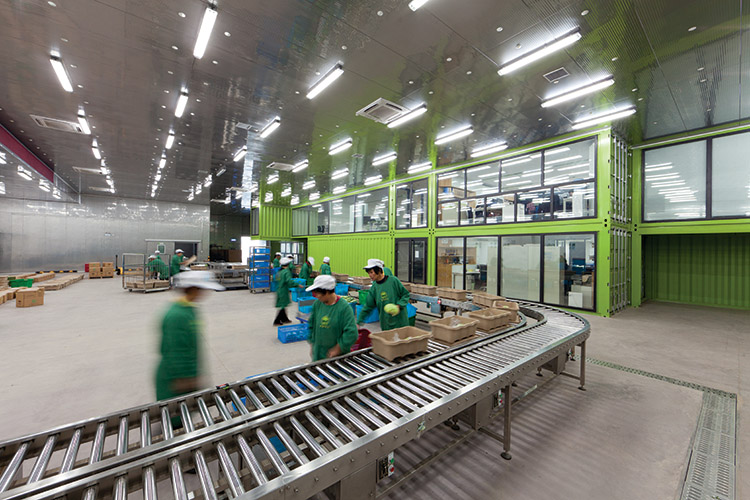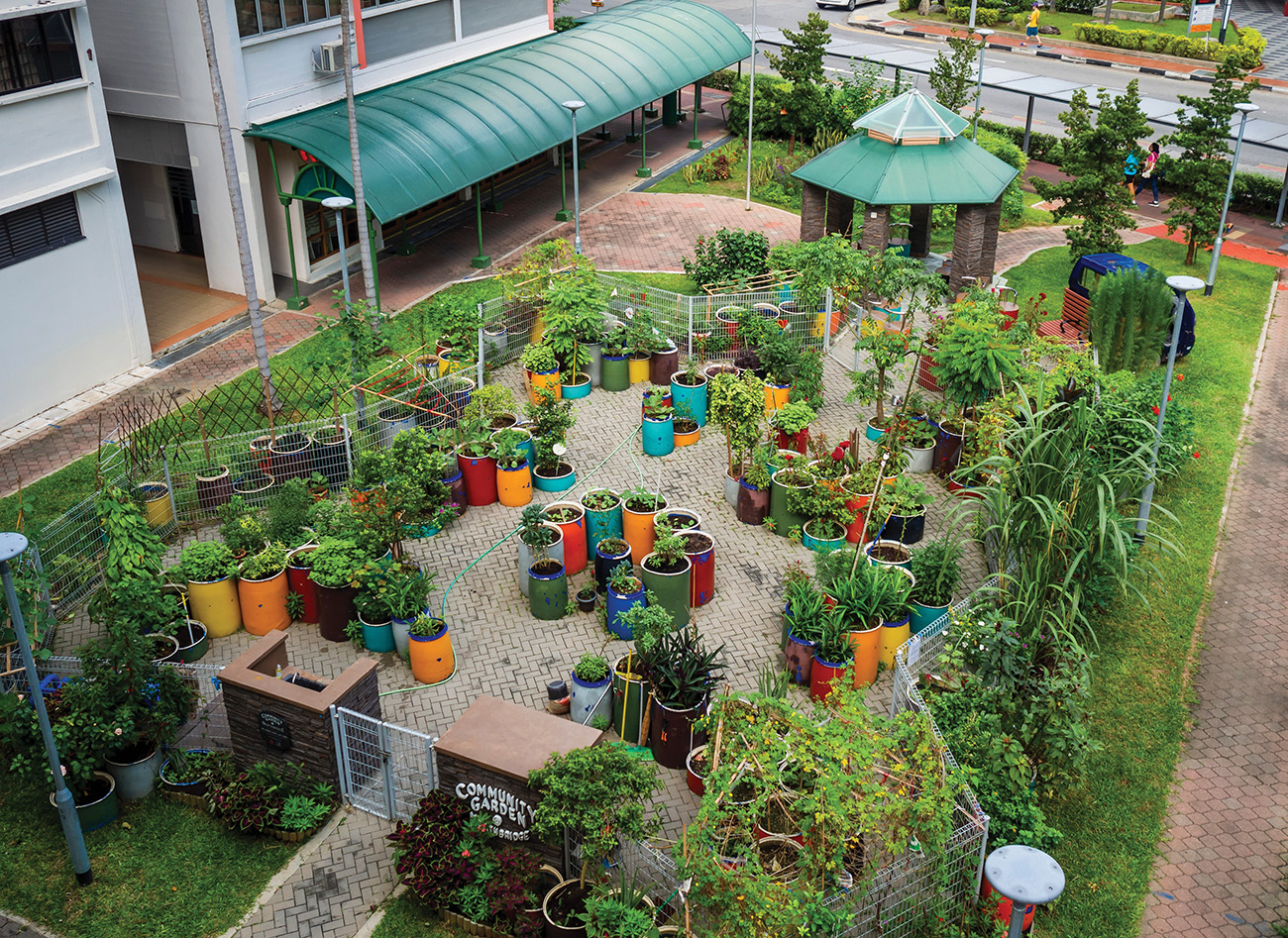From machine to habitat
March 28, 2017
The history of industrial architecture can tell you a lot about the evolution of health, environment and human dignity in the workplace. Providing wealth to its owners and millions of jobs to the labouring masses, the development of factories also brought the world mass production, pollution and the rapid growth of makeshift industrial communities.
And while we still depend on these buildings to manufacture all of our consumer goods, a lot has changed in terms of how we view, design and operate in them today. Rather than the industrial machines of their past, these buildings can now operate without compromising the environment or the dignity of the people that work in them.
Today, human dignity, health, corporate identity and sustainability are all major influencers in the workplace. While traditional goals of industrial architecture such as safety and efficiency are still highly regarded in the design process, technology, globalisation and human rights also have precedence.
Where we source our products from and how we manage the operation of our factories can no longer be hidden behind heavy beams and brick walls. The design and function of these human-operated machines now affect the global marketability of a company and its sustainable long-term growth.
To read the complete article, get your hardcopy at our online shop/newsstands/major bookstores; subscribe to FuturArc or download the FuturArc App to read the issues.
Previously Published Commentary
Contact us at https://www.futurarc.com/contact-us for older commentaries.



